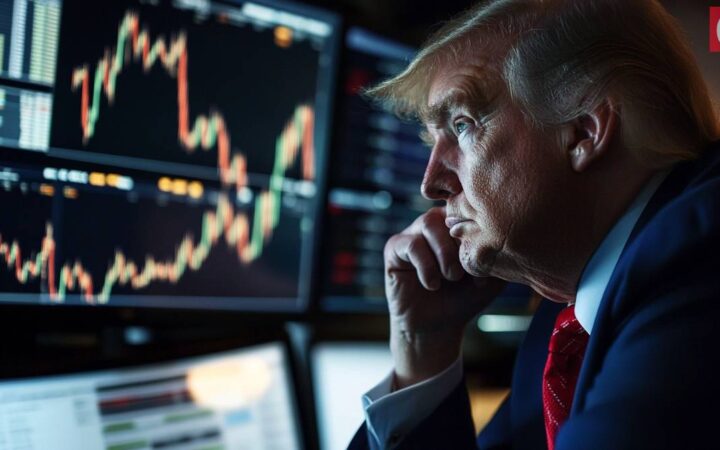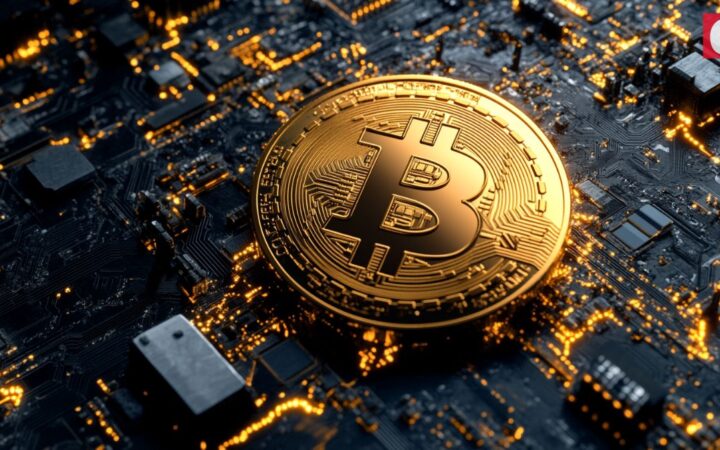
Ripple Partners with Wormhole to Expand RLUSD Across Ethereum L2 Networks in 2026
Ripple will bring its RLUSD stablecoin to four Ethereum Layer-2 networks in 2026 using Wormhole’s cross-chain protocol for native transfers.
Stay ahead of the crypto curve with in‑depth coverage of the digital‑asset ecosystem. Here you’ll find the latest on new coin launches, regulatory shifts, wallet innovations and market movements across major chains. Whether you’re a seasoned trader or just exploring the space, our timely updates offer clarity on the crypto universe’s fast‑evolving landscape.

Ripple will bring its RLUSD stablecoin to four Ethereum Layer-2 networks in 2026 using Wormhole’s cross-chain protocol for native transfers.

Anchorage Digital has acquired the Securitize For Advisors platform, strengthening its position in crypto wealth management for registered investment advisors as both firms pursue distinct institutional strategies.

Stablecoin market capitalization reaches a record $310 billion amid widespread crypto liquidations exceeding $650 million, indicating investors are holding capital within the ecosystem.

American Bitcoin Corp expanded its Bitcoin treasury by 261 BTC, bringing total holdings to 5,044 BTC valued at over $450 million, ranking 21st among corporate holders.

Crypto.com teams up with ERShares and Signal Markets to develop a unified prediction market platform featuring advanced analytics and forecasting capabilities.

Decentral debuts the first football media-rights RWA pool on Chiliz Chain, converting broadcasting deals into tokenized yield-bearing assets for institutional investors.

Bhutan partners with Cumberland DRW on Bitcoin reserves. The deal supports digital assets and a future national token.

Crypto investment products saw a third week of inflows as BTC attracted $522 million, while XRP followed closely with $245 million.

JPMorgan has launched MONY, a tokenized money market fund on Ethereum, marking another strategic move within the crypto space.

WET token skyrocketed 45% in the past 24 hours after a 180% surge in trading volume with Upbit and Bithumb listing the altcoin earlier today.

More than $309 million in weekly token unlocks is adding fresh supply pressure as most altcoins trade flat.

Do Kwon could face as much as 30 years imprisonment in South Korea if he’s extradited to the country after serving half of his 15-year US jail term.

Veteran trader Peter Brandt warned of a Bitcoin price crash to $25,240 after breaking its long-term parabolic trend.

XRP flashed a fresh buy signal, even as it stayed below $2 with traders closely monitoring the key $1.90 support zone.

Brazil’s largest private asset manager Itaú Asset Management endorses a 1%-3% Bitcoin allocation.